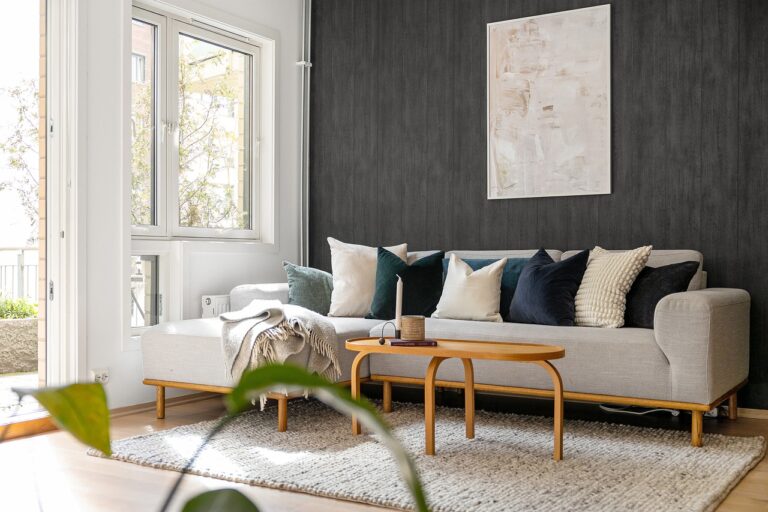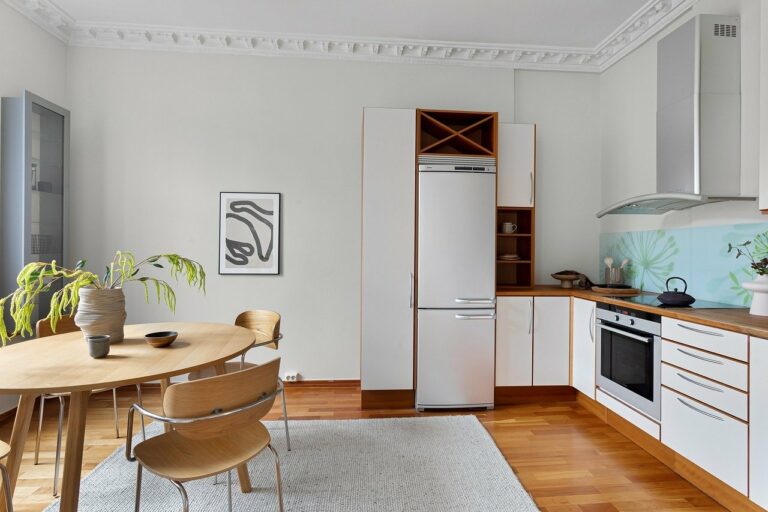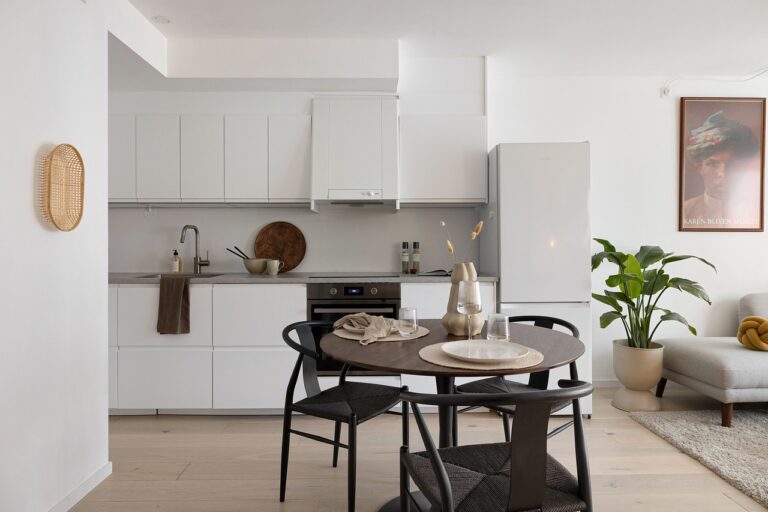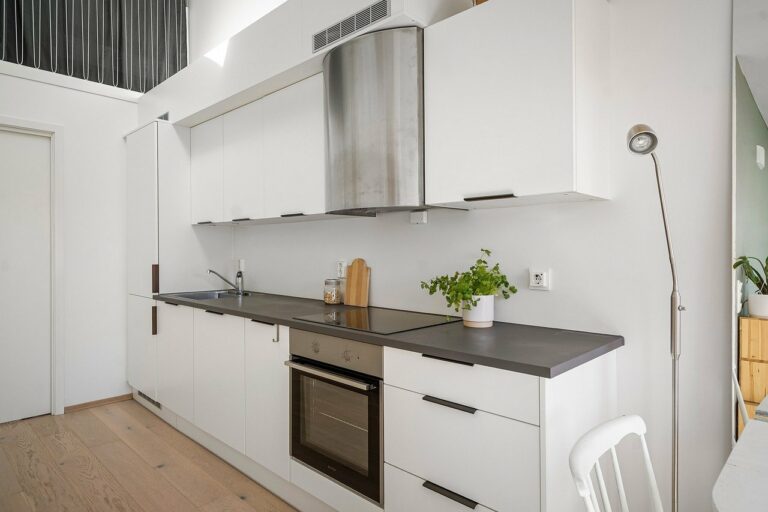The Art of Color Psychology in Home Design: Creating the Right Mood
Color psychology plays a significant role in home design by influencing our emotions, perceptions, and behaviors. Each color has its own unique psychological meaning, evoking specific feelings and creating different atmospheres within a space. Understanding these psychological associations can guide homeowners in choosing the perfect colors for their living spaces.
Warm colors like red, orange, and yellow are known for their stimulating and energizing properties. They can evoke feelings of warmth, vibrancy, and coziness, making them ideal for spaces where socialization and activity are encouraged, such as living rooms and dining areas. On the other hand, cool colors like blue, green, and purple are calming and soothing, promoting relaxation and tranquility. These hues are best suited for bedrooms, bathrooms, and other areas where rest and rejuvenation are desired.
Choosing the Right Colors for Each Room
When selecting colors for different rooms in your home, it’s important to consider the purpose and function of each space. For instance, warm tones like red, orange, and yellow are known to promote energy and creativity, making them ideal for areas such as the living room or home office. These vibrant hues can help stimulate conversation and activity in social spaces.
In contrast, cool colors like blue, green, and purple are often associated with calmness and relaxation. These shades are perfect for bedrooms and bathrooms, as they can create a peaceful and soothing atmosphere that promotes rest and rejuvenation. By understanding the effects of different colors, you can choose the right palette for each room to enhance its purpose and ambience.
Creating a Relaxing Atmosphere with Cool Colors
Cool colors such as blues, greens, and purples are known for their calming and soothing qualities. When used in interior design, these colors can help create a tranquil and serene atmosphere in a room. Lighter shades of cool colors can make a space feel airy and open, while darker hues can add a sense of coziness and sophistication to a room.
To maximize the relaxing effects of cool colors in a space, it’s important to consider the natural light that enters the room. Rooms that receive abundant natural light can handle darker shades of cool colors, while rooms that are naturally darker may benefit from lighter shades to prevent the space from feeling too closed off. Additionally, incorporating textures and materials that complement cool colors, such as light wood accents or soft fabrics, can enhance the overall calming ambiance of the room.
How can color psychology affect the atmosphere in a home?
Color psychology suggests that different colors can evoke different emotions and moods. By choosing the right colors for each room, you can create a desired atmosphere in your home.
Which colors are considered cool colors?
Cool colors are typically blues, greens, and purples. These colors are known to have a calming and soothing effect on the mind and body.
How can I choose the right colors for each room in my home?
Consider the function of each room when choosing colors. For example, calming blues and greens are great for bedrooms, while energizing yellows and oranges work well in kitchens or dining rooms.
How can I create a relaxing atmosphere with cool colors?
To create a relaxing atmosphere with cool colors, consider using soft blues, greens, or lavenders on the walls and adding in accents of white or light grey. Incorporating natural elements like plants or wooden furniture can also enhance the calming effect.







